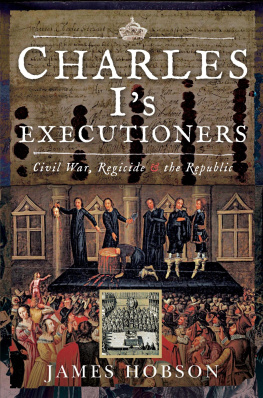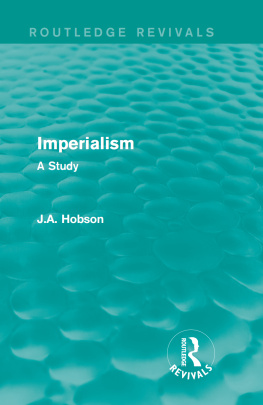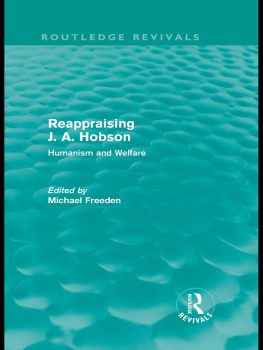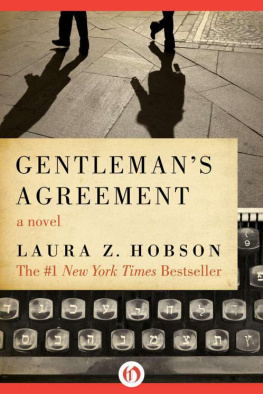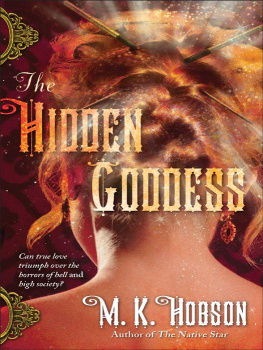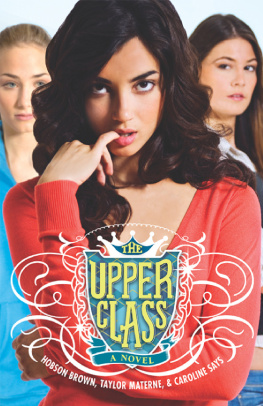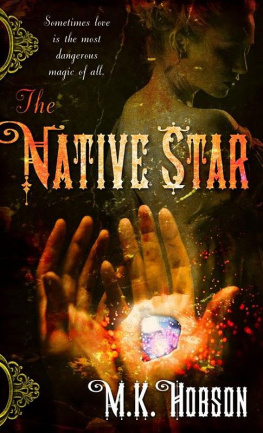James Hobson - Radical Victorians
Here you can read online James Hobson - Radical Victorians full text of the book (entire story) in english for free. Download pdf and epub, get meaning, cover and reviews about this ebook. genre: Non-fiction. Description of the work, (preface) as well as reviews are available. Best literature library LitArk.com created for fans of good reading and offers a wide selection of genres:
Romance novel
Science fiction
Adventure
Detective
Science
History
Home and family
Prose
Art
Politics
Computer
Non-fiction
Religion
Business
Children
Humor
Choose a favorite category and find really read worthwhile books. Enjoy immersion in the world of imagination, feel the emotions of the characters or learn something new for yourself, make an fascinating discovery.

- Book:Radical Victorians
- Author:
- Genre:
- Rating:4 / 5
- Favourites:Add to favourites
- Your mark:
- 80
- 1
- 2
- 3
- 4
- 5
Radical Victorians: summary, description and annotation
We offer to read an annotation, description, summary or preface (depends on what the author of the book "Radical Victorians" wrote himself). If you haven't found the necessary information about the book — write in the comments, we will try to find it.
Radical Victorians — read online for free the complete book (whole text) full work
Below is the text of the book, divided by pages. System saving the place of the last page read, allows you to conveniently read the book "Radical Victorians" online for free, without having to search again every time where you left off. Put a bookmark, and you can go to the page where you finished reading at any time.
Font size:
Interval:
Bookmark:
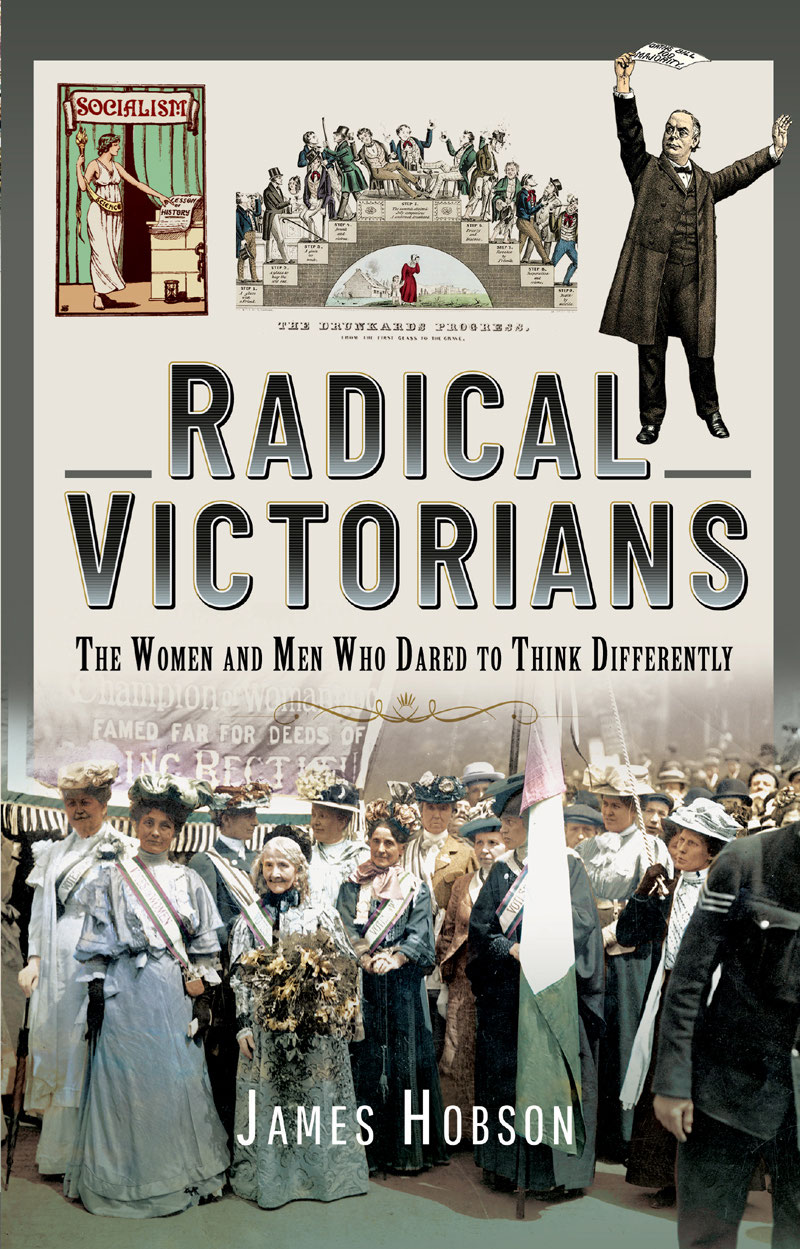
RADICAL
VICTORIANS
For Christine
RADICAL VICTORIANS
THE WOMEN AND MEN WHO DARED
TO THINK DIFFERENTLY
JAMES HOBSON

First published in Great Britain in 2022 by
PEN AND SWORD HISTORY
An imprint of
Pen & Sword Books Ltd
Yorkshire Philadelphia
Copyright James Hobson, 2022
ISBN 978 1 39900 826 6
eISBN 978 1 39900 827 3
Mobi ISBN 978 1 39900 827 3
The right of James Hobson to be identified as Author of this work has been asserted by him in accordance with the Copyright, Designs and Patents Act 1988.
A CIP catalogue record for this book is available from the British Library.
All rights reserved. No part of this book may be reproduced or transmitted in any form or by any means, electronic or mechanical including photocopying, recording or by any information storage and retrieval system, without permission from the Publisher in writing.
Pen & Sword Books Limited incorporates the imprints of Atlas, Archaeology, Aviation, Discovery, Family History, Fiction, History, Maritime, Military, Military Classics, Politics, Select, Transport, True Crime, Air World, Frontline Publishing, Leo Cooper, Remember When, Seaforth Publishing, The Praetorian Press, Wharncliffe Local History, Wharncliffe Transport, Wharncliffe True Crime and White Owl.
For a complete list of Pen & Sword titles please contact
PEN & SWORD BOOKS LIMITED
47 Church Street, Barnsley, South Yorkshire, S70 2AS, England
E-mail: enquiries@pen-and-sword.co.uk
Website: www.pen-and-sword.co.uk
Or
PEN AND SWORD BOOKS
1950 Lawrence Rd, Havertown, PA 19083, USA
E-mail: Uspen-and-sword@casematepublishers.com
Website: www.penandswordbooks.com
ConclusionWords Not Deeds
The History of the Victorian Age will never be written: we know too much about it
Lytton Strachey Eminent Victorians (1918)
What was a Victorian radical? Surely the long reign of Queen Victoria and the vague nature of the word radical means that a book of this size cannot do justice to the subject?
With a working definition of radical as one who thought differently from the majority and therefore wished life to be different, there are indeed, too many Victorian radicals for a book of this size. So, a process of selection is necessary, and this is where the vast size of the Victorian era comes to our rescue. The book is about radical Victorians whose ideas were not much acted on during her sixty-three-year reign. These radicals changed the future; a future they (mostly) did not see themselves. They may have reached important milestones in their campaigns, but never lived to be totally vindicated and celebrated; some are waiting still; some perhaps do not even deserve to be celebrated.
So, there is no room in this book for Edwin Chadwick, a public health visionary, as his views had become mainstream by the death of Queen Victoria; factory reformers had chased young children from factories; Charles Bazalgettes sewers had been built. The Chartists of the 1830s could see history turning in their direction by 1900. Florence Nightingale died a national treasure, with the government hanging on to her every word despite being a pain in the side of the War Office in the 1850s. Charles Darwin the evolutionary biologist is absent from this book; Darwinism had triumphed by the time the old queen died, but some of his followers, with even more radical conclusions, do have a place in the book.
In other ways, our radicals are a mixed bag. Some of their ideas, like eugenics, repulse many people today. Atheism, socialism and republicanism are matters of opinion, but their relevance cannot be doubted. Spiritualism, in the meaning of actively seeking out communication with the dead rather than the concept of spirituality, is alive and well, if not very reputable. Some ideas, like cremation and birth control, have shifted into the area of practical personal preference, although there is a philosophy and ideology behind these subjects as well. As well as womens social and political rights, the book covers areas that attracted people of enhanced sensibility vivisection, vegetarianism and animal rights.
Some radicals struggled to produce newspapers that the ordinary citizens failed to read and held meetings that contained tens of fellow believers. They still managed to regularly fall out with each other, but their ideas became a part of mainstream economic, political and social discussion in the twentieth century. One or two have broken into the standard history books, but most are quite obscure. To use a clich, they were ahead of their time, and on the whole this made their life very difficult. In order to be a Victorian radical, you needed resilience, bloody mindedness and, in the case of many of them, an inability to suffer fools gladly and total confidence in your own opinions. They are not, generally speaking, ideal desert island companions.
The good news is that there are women in this book as well, put there by the fact that they made strenuous efforts to improve womens rights, and by doing so put themselves outside mainstream opinion and condemned themselves to constant struggle. They were mostly clever women from privileged backgrounds whose fathers were principled, apathetic or dead enough to allow their daughters an education.
The book focuses on the intellectual elite who were organisers, propagandists and authors. With a few exceptions, there are more resolutions than riots, more chairing the subcommittee than manning the barricades, and very few people who were born poor. Taken as a group, they are very middle class indeed; the aristocracy was too entrenched in its privilege, and the poor too brutalised and disempowered to take an active part. They were the first metropolitan liberals, the progenitors of the chattering classes; its a class that has never gone away.
Behind their socialism, spiritualism, vegetarianism, free press and free thought were the wider themes that this book covers; the dissolution of firm religious belief in one of historys most religious societies; the effects of industrial capitalism on the mind as well as the spirit; and the reaction against the dominance and hypocrisy of men.
The structure is simple each one is a radical idea through the prism of one or two of its proponents. Most of them crossed over into other radical areas, and this has not been overlooked, but one radical idea has been given prominence. Other radical thinkers, not all of them less important, are mentioned en passant. Some of them appear in the book as background when they interact with other main characters; for the most part, their image as a bit player is an illusion caused by the need to put the emphasis on others; another book could have been written with a different name for each chapter. Perhaps it should be.
Anna Kingsford
In a freezing February in 1888, a vicars wife lay dying at the tragically early age of forty-one. Her husband was the vicar at Atcham, Shrewsbury, but her deathbed scene unfolded at their rented flat at 15, Wynnstay Gardens, Kensington, a newly-built mansion block of apartments for the respectable middle classes. She had known she was dying since the previous November, but it was taking a very long time. Recuperation in the South of France and the Italian Riviera had not helped. She had suffered with her lungs all through her life; now they were killing her.
Font size:
Interval:
Bookmark:
Similar books «Radical Victorians»
Look at similar books to Radical Victorians. We have selected literature similar in name and meaning in the hope of providing readers with more options to find new, interesting, not yet read works.
Discussion, reviews of the book Radical Victorians and just readers' own opinions. Leave your comments, write what you think about the work, its meaning or the main characters. Specify what exactly you liked and what you didn't like, and why you think so.

